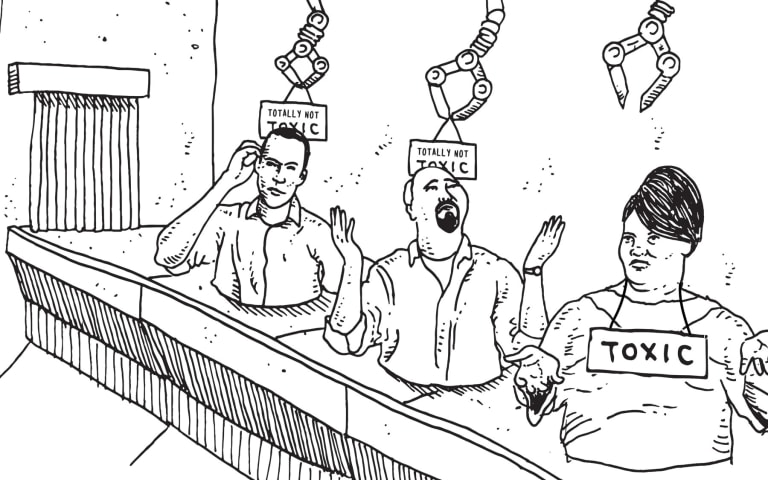概要: Three reportedly fake journals published by Addleton Academic Publishers allegedly manipulated Scopus rankings by extensively cross-citing each other and using AI-generated papers filled with buzzwords. These journals, placed in the top 10 of Scopus's 2023 CiteScore philosophy list, reportedly featured fake authors, affiliations, and grant numbers, in turn allegedly pushing legitimate journals to lower tiers, affecting academic evaluations and awards.
推定: Fake publications , Auricle Global Society of Education and Research , Addleton Academic Publishers , Unknown generative AI system と Scopus rankingsが開発し提供したAIシステムで、University job candidates , University hiring committees , University faculty , Scopus と Academic journalsに影響を与えた
関与が疑われるAIシステム: Unknown generative AI system と Scopus rankings
インシデントのステータス
Risk Subdomain
A further 23 subdomains create an accessible and understandable classification of hazards and harms associated with AI
3.1. False or misleading information
Risk Domain
The Domain Taxonomy of AI Risks classifies risks into seven AI risk domains: (1) Discrimination & toxicity, (2) Privacy & security, (3) Misinformation, (4) Malicious actors & misuse, (5) Human-computer interaction, (6) Socioeconomic & environmental harms, and (7) AI system safety, failures & limitations.
- Misinformation
Entity
Which, if any, entity is presented as the main cause of the risk
Human
Timing
The stage in the AI lifecycle at which the risk is presented as occurring
Post-deployment
Intent
Whether the risk is presented as occurring as an expected or unexpected outcome from pursuing a goal
Intentional
インシデントレポート
レポートタイムライン
Loading...

Recently our philosophy faculty at Jagiellonian University in Kraków, like many institutions around the world, introduced a ranking of journals based on Elsevier's Scopus database to evaluate the research output of its employees for awards …
バリアント
「バリアント」は既存のAIインシデントと同じ原因要素を共有し、同様な被害を引き起こし、同じ知的システム��を含んだインシデントです。バリアントは完全に独立したインシデントとしてインデックスするのではなく、データベースに最初に投稿された同様なインシデントの元にインシデントのバリエーションとして一覧します。インシデントデータベースの他の投稿タイプとは違い、バリアントではインシデントデータベース以外の根拠のレポートは要求されません。詳細についてはこの研究論文を参照してください
似たようなものを見つけましたか?
よく似たインシデント
Did our AI mess up? Flag the unrelated incidents
よく似たインシデント
Did our AI mess up? Flag the unrelated incidents



